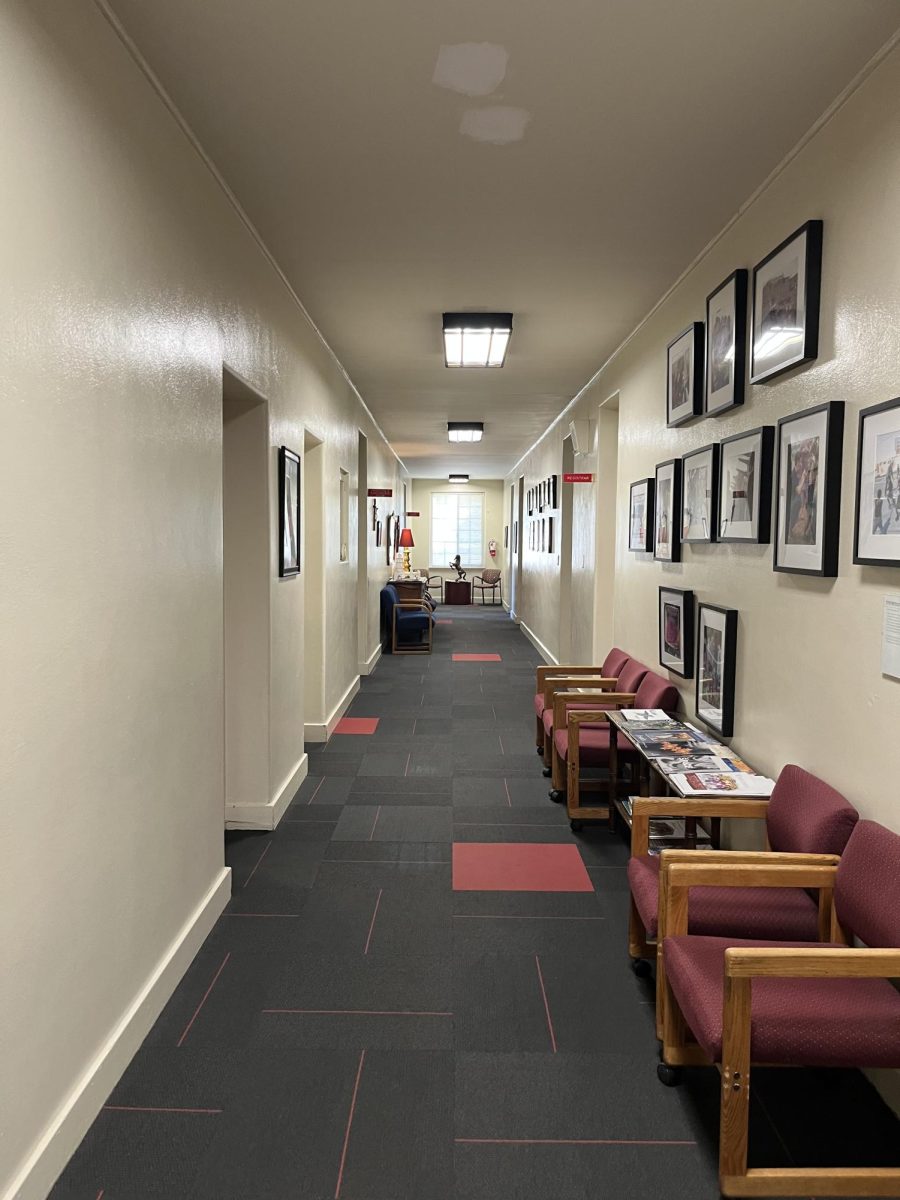By Jack Cahill ‘17
THE ROUNDUP
Climate change is an undeniable fact, and if we continue to ignore it, it will adversely affect our great city and state.
On an international level, temperatures in 2016 were 1.78 Fahrenheit higher than average, making 2016 the hottest year on record, according to NASA.
2015 and 2014 were the other two hottest years on record, which makes it nearly impossible to deny climate change unless you have an agenda to push.
The effects of this continued warming will have globally is extremely concerning, but this continued warming will also have a very negative impact on our state as well.
While climate change may seem like something that will impact us in the distant future, it is here, and as Arizonan students, it is our responsibility to be aware of the potential impacts of climate change on our state.
Arizona is an arid state with limited water supplies, many of which are reliant entirely on snowmelt and winter precipitation.
Maricopa County, which accounts for a majority of the state’s population, lies in the basin of the Sonoran Desert.
This makes us prone to drought, extreme heatwaves and water shortages that could be devastating for the Valley.
According to the University of Arizona, Lake Mead and Lake Powell both hit record-low water levels, and if this trend continues, stringent measures may have to be enacted.
Robert Glennon of the University of Arizona attributes drier conditions to climate change and says it could lead to massive cutbacks.
“Pretty dramatic cutbacks could happen relatively quickly,” Glennon said in a May 2015 Slate article. “That would probably require at least a temporary end to large-scale farming in central Arizona.”
This temporary setback could, however, prove more than temporary.
Currently, Lake Mead, the Colorado River’s biggest reservoir sits at 1,080 feet, which is well below normal.
State officials have warned that if this dips under 1,075 feet, water to Valley farmers will be cut by half. If this dips below 1,025 feet, central Arizona’s farmers would likely have to make do with “little to no water whatsoever.”
This would cause an end to central Arizona’s agriculture at least temporarily.
What does this mean for our state economy?
16 million jobs and $1.4 trillion annually rely entirely on the Colorado River, according to Timothy James of Arizona State University.
“If the Colorado River basin faces ecological collapse, the entire state could face economic collapse,” he said in a 2015 National Geographic article.
The Union of Concerned Scientists explicitly links the increasing intensity of droughts to rising temperatures and climate change worldwide.
But the issue with climate change in our city and state stems beyond the crucial issue of our dwindling water supply.
Phoenix is hot. Sometimes, Phoenix is unbearably hot.
But with climate change intensifying, Phoenix could very likely become even more unbearably hot, even uninhabitable on some future summer days.
In 2004, Arizona State University conducted a study on the issue of climate change in Phoenix.
The study initially found that nighttime temperatures in our hottest months seldom climbed above 90 degrees Fahrenheit. Now nighttime lows above 90 degrees are commonplace.
The study later indicated that within several decades, this nighttime temperature could climb up to 10 degrees higher.
We already have signs that it is getting significantly hotter in Phoenix. In 2011, we had 33 days above 110 Fahrenheit, and 2016 was Phoenix’s third hottest year since records began, according to the Arizona Republic.
As temperatures are expected to rise globally, we can expect this problem to grow at an even faster rate.
In fact, if we aren’t careful, we can expect a plethora of things to happen that will harm our beautiful city and state.
The Arboretum of Flagstaff has found that between 1970 and 2003, there has been a 650 percent decrease in conifer trees in northern Arizona.
The same study predicts that winter snow could become a total rarity in northern Arizona by 2050, which would not only devastate the economy, but also a large portion of our water supply.
This may all sound alarming, but if our community acts swiftly, we have reason to be cautiously optimistic about the future of our city and state.
Thanks to an ambitious climate action plan from our city council, Phoenix was able to reduce carbon emissions by 15 percent within the last decade, and if our community continues to encourage this, similar reforms will certainly come to fruition.
The city is also undergoing a project to increase tree canopy cover from 10 percent to 25 percent, which could reduce inner city temperatures by up to five degrees Fahrenheit.
On a scalding summer day, that could be crucial.
There are many more ambitious programs our state and city are undertaking to halt some of the impacts of climate change.
But we as Arizonans and students need to actively support these programs and encourage our elected officials on a city, statewide and national level to address climate change even more actively.
Furthermore, we as students have a responsibility to discuss climate change with our peers, with our neighbors, and with everyone.
If we can do all that, we may just mitigate the worst effects of climate change.








